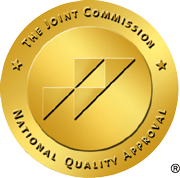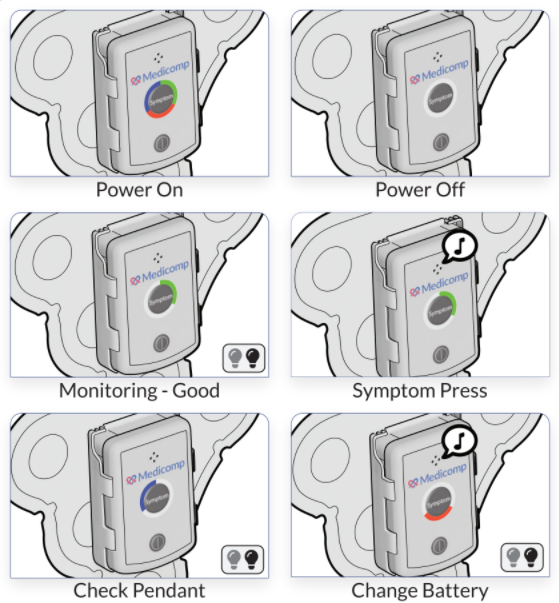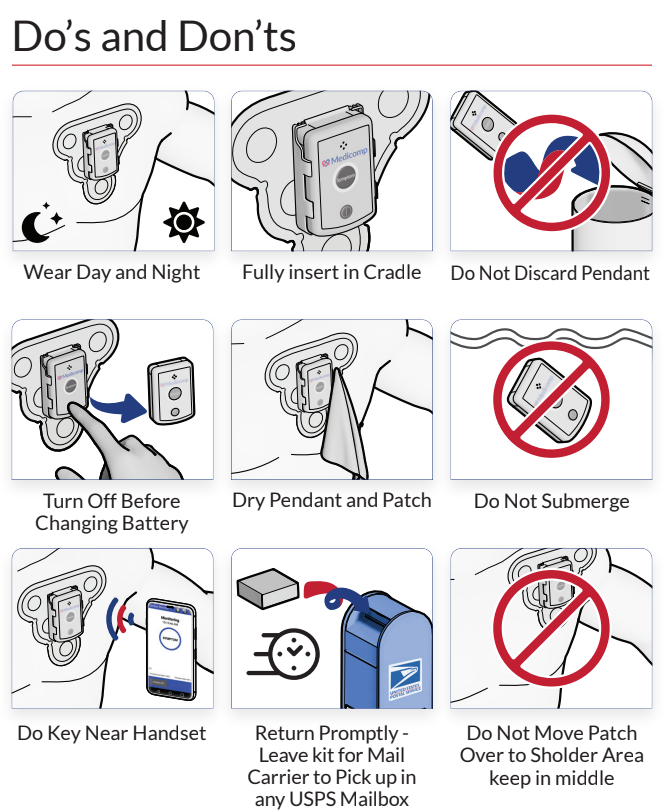The Internet is a double-edged sword: one side shows how patients can educate themselves on their illness and look up the correct type of treatment, while the other side predicts dire consequences from a common cold and recommends medication for any illness — whether it is borne of bacteria or a virus. As a physician, you used to prescribe medication, but these days it seems you are explaining why some prescriptions are unnecessary. ReactDx, your MCT patch team, has suggestions on how to defer patient prescriptions and determine whether ongoing medication is truly necessary.
Analyzing Current Prescriptions
Cardiologists are primarily concerned with older patients whose needs change year-to-year. Elderly patients are a tremendous concern since they may have been prescribed medication decades ago that is no longer medically critical or not meeting their current health needs. These patients often take several medications daily at the insistence of various physicians. At the time, the medications were assigned, they were advantageous. But technology has created better medications with less serious side effects that may meet patient needs with greater success. Likewise, as patients age, their metabolism slows and medication uptake is not as accurate. Weight changes, as well as physical exertion, and their medication generally remains stagnant. New symptoms bring about another round of prescriptions and preventive medications may be prescribed.
Consider All Medications
A cardiologist’s primary concern is heart medications, but other prescriptions may stimulate or suppress cardiac medications and must also be assessed. Patient portals are helpful in this respect, but only when the patient’s current medications are listed along with dosages prescribed. If a patient’s physician is outside the portal you are utilizing, though, the information may be lost and you must rely on the patient’s memory and hand-drawn list of medications to draw conclusions on your best course of treatment.
Medications have sharply decreased heart attacks, strokes, and symptoms of diabetes. Rather than assigning every patient with atrial fibrillation the same medication, look closely at all current medications. You may find your patient is taking a regimen of half a dozen prescriptions when only two are necessary. Use medications after other methods of care are exhausted, such as a change in diet or amount of daily exercise. The sheer amount of medications prescribed could curtail immeasurably if patients were prescribed lifestyle changes rather than pills. Keep up with the latest cardiovascular health news by reading our blogs, and contact the MCT patch specialists, ReactDx, online or at 800-23-HEART.



